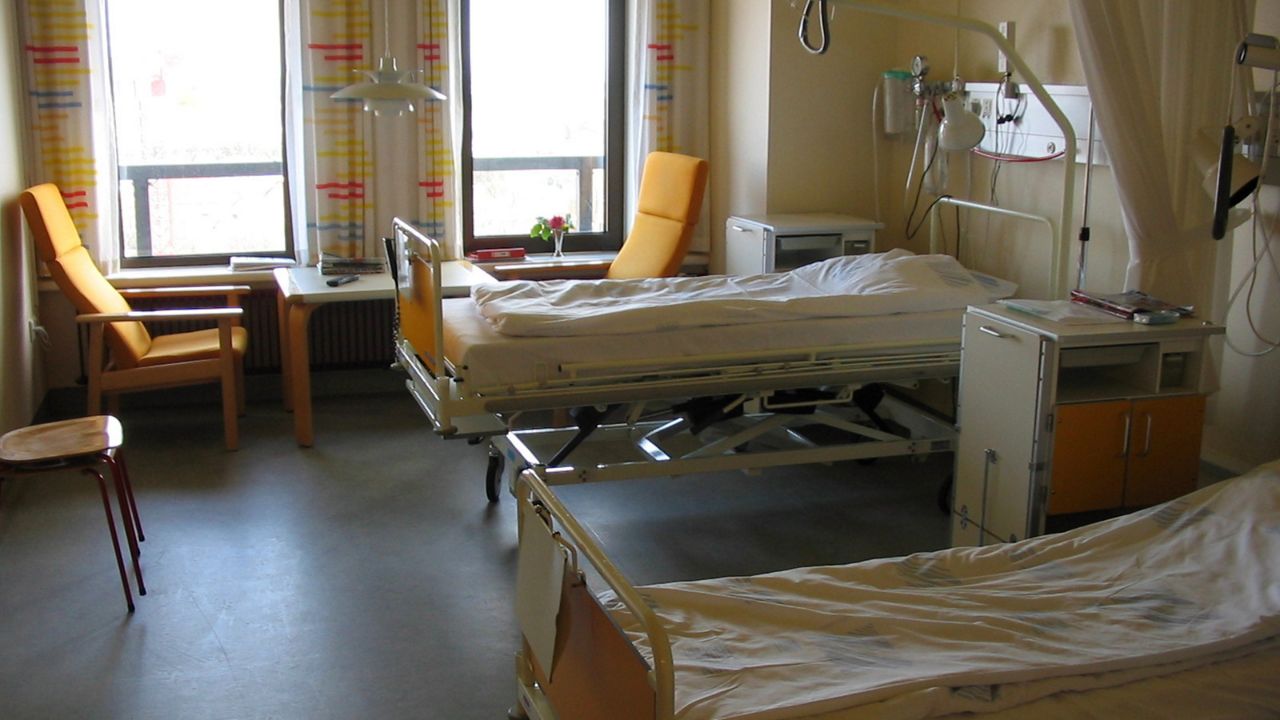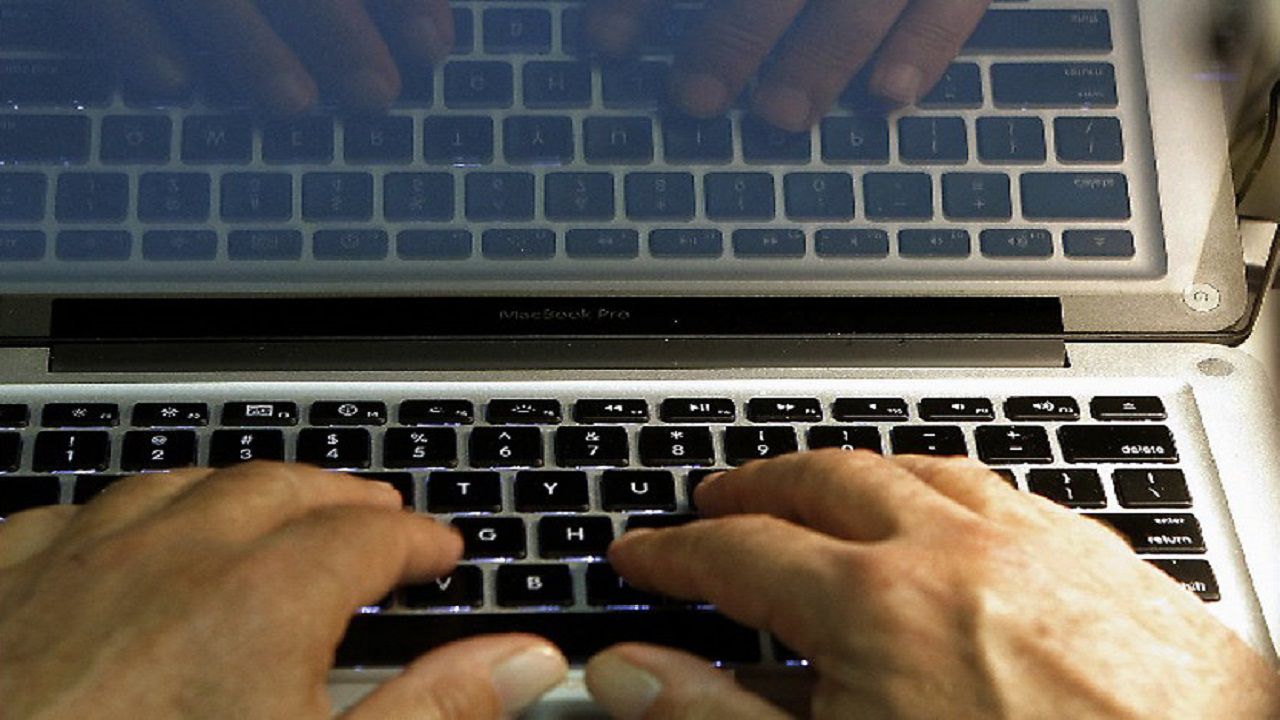STATEWIDE — On Friday, Florida Gov. Ron DeSantis issued an executive order that places checkpoints along roads into the state to try to prevent the spread of COVID-19. By Sunday, those checkpoints were up and running.
- COMPLETE COVID-19 COVERAGE: Spectrum News | CDC | Florida Department of Health
Here are five things you should know about the newly mandated checkpoints:
1) Where are the checkpoints?
There is a checkpoint along Interstate 95, 13 miles south of the Georgia border in Nassau County.
There is also a checkpoint on Interstate 10 near the Florida-Alabama border.
2) How does it work?
All drivers, except semi-trucks, are filtered off of the highway and into lanes at a weigh station where they are asked questions by members of the Florida Health Department standing under tents.
If you are coming from an area not considered a coronavirus hot spot you can continue on your way.
3) What if you are coming from a hot spot?
If you are coming from New York, New Jersey, Connecticut or Louisiana you are asked to pull up to a different set of tents. There you are asked more questions about where you are coming from and where you are going.
4) What kind of paperwork is filled out?
Drivers flagged as coming from hot spots are given paperwork to fill out with the address of where they are coming from and where they will be staying in Florida.
They must also sign to acknowledge that they are being asked to self-quarantine for two weeks when they first get into the stat.
5) What happens if you break quarantine?
According to the governor's mandate, not self-isolating after being flagged at the checkpoint is considered a second degree misdemeanor. That is punishable by up to 60 days in jail and/or a $500 fine.







.jpg/jcr:content/renditions/cq5dam.thumbnail.767.431.margin.png)
